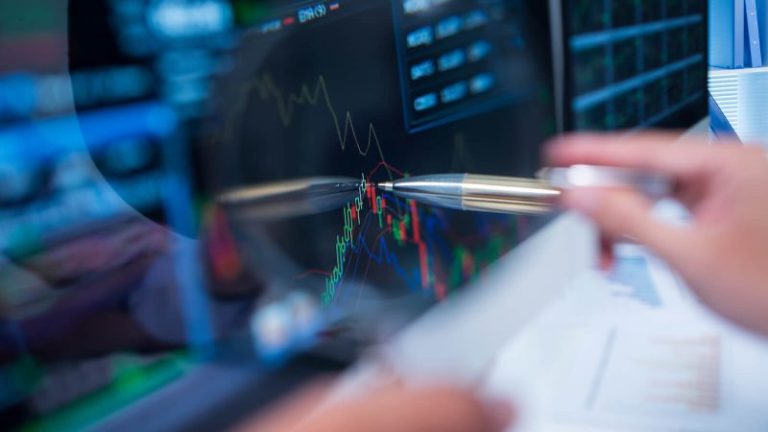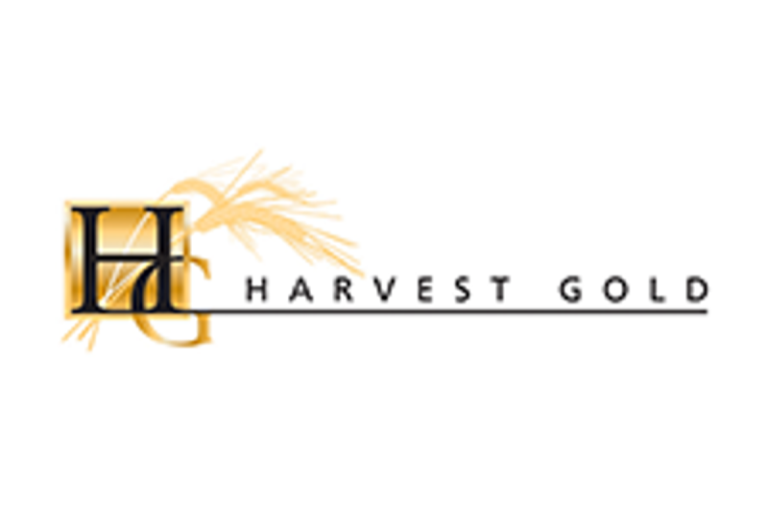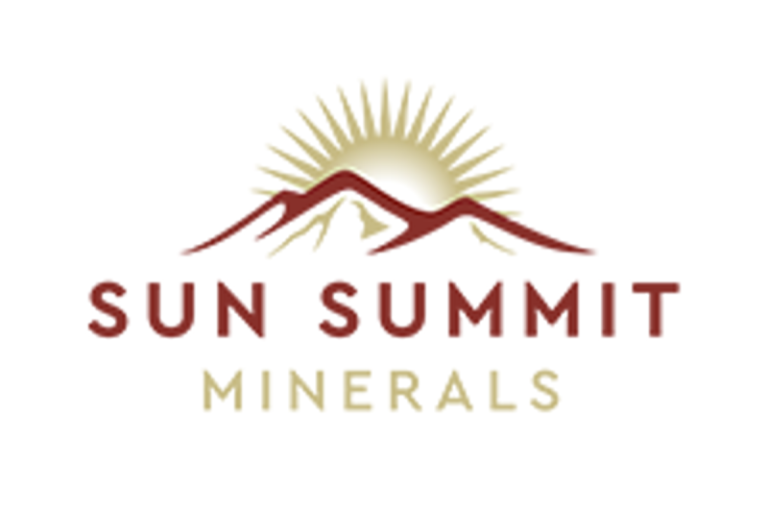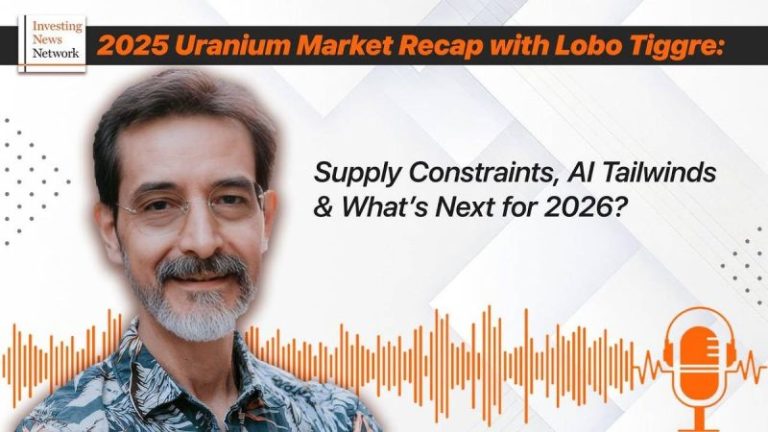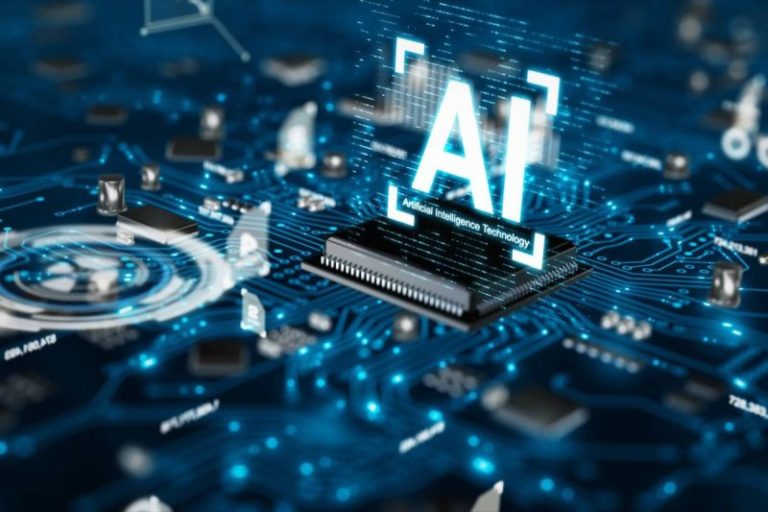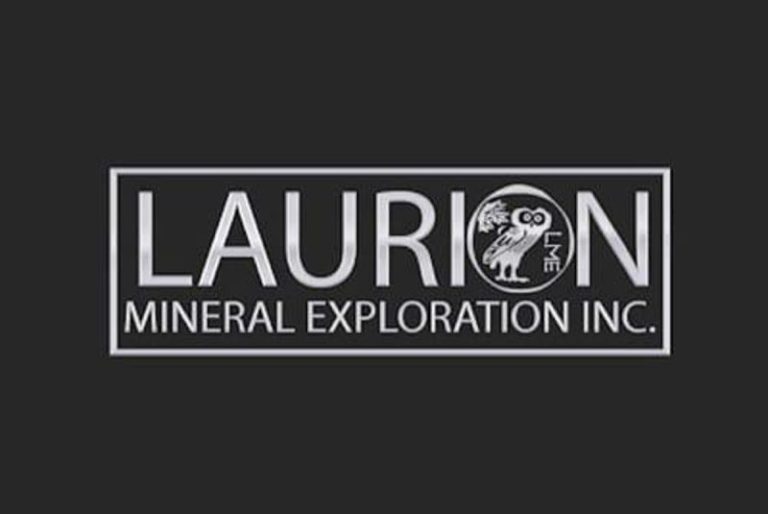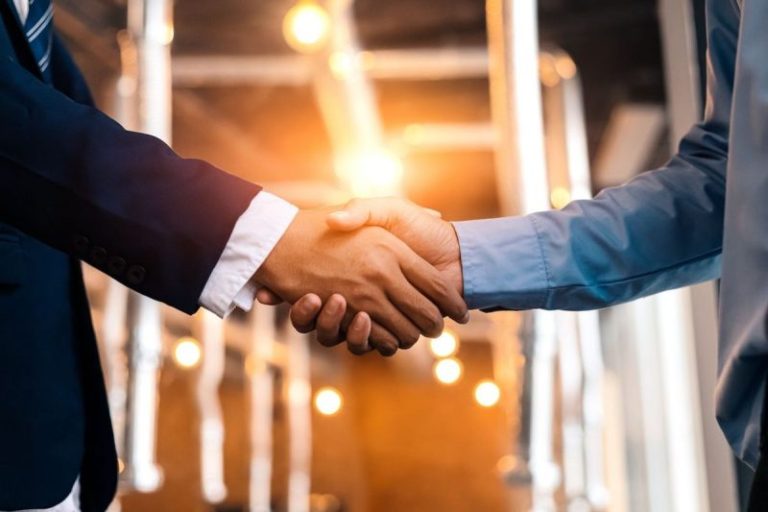The global lithium market endured a bruising 2025, with persistent oversupply and softer-than-expected electric vehicle (EV) demand driving prices for the battery metal to multi-year lows.
Lithium carbonate prices in North Asia slipped below US$9,550 per metric ton in February — their weakest level since 2021 — triggering production cuts and project delays, particularly in Australia and China. Despite brief rallies later in the year, prices remained under pressure, reflecting a market struggling to absorb rapid supply growth.
That imbalance has been years in the making. Global lithium carbonate output surged 192 percent between 2020 and 2024 while demand lagged, leaving the market with a large surplus.
Analysts estimate that supply exceeded demand by more than 150,000 metric tons in both 2023 and 2024, with inventories continuing to cap price recovery in 2025. Although the surplus is shrinking, high stockpiles have kept prices rangebound, with lithium carbonate largely hovering near US$10,000 for much of the year.
Volatility punctuated the lithium industry in the second half of 2025.
Prices rebounded sharply in July on supply cut speculation, briefly pushing lithium carbonate to an 11 month high above US$12,000 before retreating as producers denied meaningful reductions and inventories remained ample.
Policy uncertainty in the US, including threats to EV incentives, and regulatory signals from China further weighed on sentiment, underscoring the market’s sensitivity to both geopolitics and headlines.
Despite the prolonged downturn, analysts increasingly view 2025 as a potential inflection point. With roughly a third of global production estimated to be unprofitable at current prices, further supply rationalization appears likely.
Forecasts point to a sharply narrower surplus in 2025 and a possible deficit emerging in 2026, suggesting that while lithium’s near-term outlook remains constrained, the sector’s long-term fundamentals — driven by electrification, the energy transition and data-intensive technologies — remain intact.
Lithium in 2025: A tale of two markets
In contrast, the second half of 2025 saw a boost in prices across the lithium space as market fundamentals improved due to Contemporary Amperex Technology (SZSE:300750,HKEX:3750) curtailing operations at the Jianxiawo lepidolite mine in early August. Despite reports that Jianxiawo would restart operations in December, it is unclear if the mine, which is one of the world’s largest, is back in operation.
Concern over the removed supply pushed carbonate prices higher from mid-October through the end of the year, when they rose from US$10,417.37 to US$14,131.44, a 34 percent increase.
Battery energy storage demand key to lithium growth
Another trend Klein pointed to was the rapid growth in the battery energy storage system (BESS) market, which is expected to grow by 44 percent in 2025, representing a quarter of all battery demand.
“We’ve been talking about BESS being a very fast, growing and big part of the market, but it’s now become the consensus opinion that it’s very strong not only in China, but elsewhere,” said Klein.
Although BESS is one of the fastest-growing segments of the battery market, Klein believes its growth potential is not fully understood. “The market’s probably still underestimating that narrative about battery energy storage,” he said, adding that it is only now starting to be understood by people who are in the industry.
“But for the broader, generalist investor who still equates lithium with EVs, they don’t fully understand the battery energy storage angle, so I think they’re still underestimating that,” said Klein. The market is projected to balloon from US$13.7 billion in 2024 to US$43.4 billion by 2030, growing at a compound annual growth rate of 21.3 percent.
Industry analysts expect BESS installations could expand from roughly 205 gigawatt-hours in 2024 to between 520 and 700 gigawatt-hours by 2030, driven by renewable integration, grid stability needs and declining costs.
While EVs have dominated the lithium narrative, Del Real said the real opportunity was “never just a play on EVs or hybrids — it was a play on grid storage, energy storage,” with cheaper battery cells unlocking faster adoption.
That mispricing has created a contrarian opportunity, he added, noting that lithium’s neglect over the past six months has rewarded patient investors. “It’s lonely in the forest sometimes,” Del Real said. But when sentiment turns, “the re-rating can be spectacularly profitable if you know how to play it.”
Lithium exploration budgets evaporate
Lithium exploration budgets were sharply reduced in 2025 as miners retrenched amid prolonged price weakness.
S&P Global’s 2025 corporate exploration strategies study shows that spending on lithium and other critical minerals exploration fell significantly, even as overall non-ferrous exploration dipped only slightly.
Lithium, which had previously broken the US$1 billion mark for exploration spending, saw its allocation cut as junior companies tightened their belts and delayed programs. Cuts were most pronounced in traditional exploration hubs such as Canada, Australia and the US, where weakened junior sectors hit budgets hardest; meanwhile, regions like Chile, Peru and Saudi Arabia recorded relative gains in broader exploration funding.
Lithium remains a structurally important exploration commodity despite a sharp pullback in spending, Kevin Murphy, director of metals and mining research at S&P Global, said during a December webinar.
Murphy described the metal’s rise over the past decade as a “lithium renaissance.”
Once “completely inconsequential for exploration,” lithium has become the third most explored commodity globally over the past five years, underscoring how central it has become to future-facing supply chains.
However, that momentum stalled in 2025 as ongoing price weakness forced a reset. Murphy said lithium exploration budgets were “absolutely gutted,” falling to roughly half of 2024 levels, a decline he described as expected given depressed prices and the completion of several late-stage programs that wrapped up in late 2024 and early 2025.
“The lithium price has been depressed for too long for the budgets to be resilient,” he said, framing the downturn as cyclical rather than structural.
Lithium stocks stage H2 rally
Speaking at this year’s Benchmark Week event in November, Sean Gilmartin, senior equity analyst at Bloomberg, explained that lithium equities staged a sharp rebound in H2 after years of underperformance.
After lagging broader materials and chemical indexes for much of the first half of the year, lithium stocks surged in the second half of the year, closely tracking rising spot prices.
“Over a three year window, lithium names were still very much lagging,” Gilmartin said, “but we’ve flipped the script in a few months. Year-to-date, we’re seeing on average 47 percent gains, closely aligned with spot markets.”
He attributed the turnaround to stronger-than-expected lithium demand, particularly from BESS, as well as supply curtailments in China, which have tightened the market.
Despite the rebound, he cautioned that volatility remains a defining feature of the lithium equities space.
“You need to have a long-term view, and you have to be very adherent to your thesis,” Gilmartin said, noting that the demand story remains intact and that fundamentals continue to support growth through 2026 and beyond.
Securities Disclosure: I, Georgia Williams, hold no direct investment interest in any company mentioned in this article.
This post appeared first on investingnews.com

